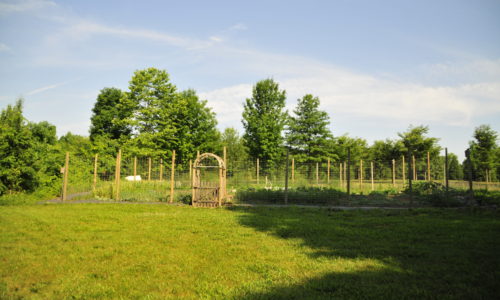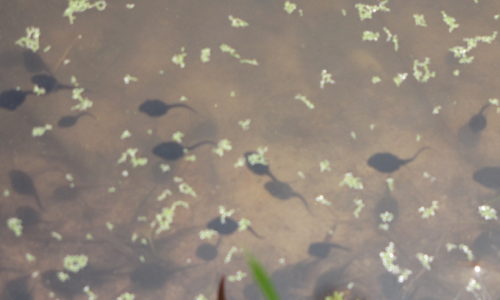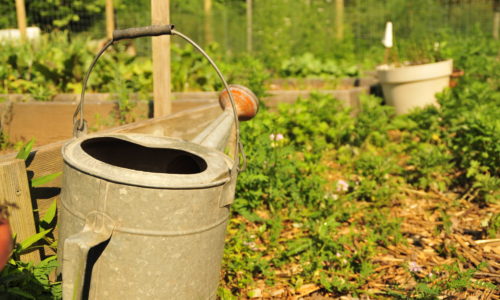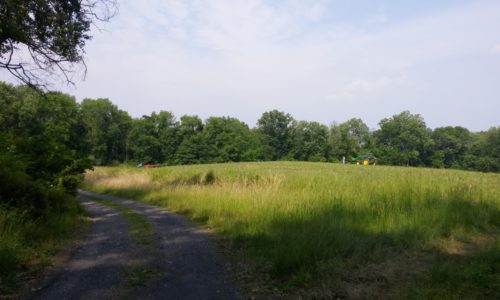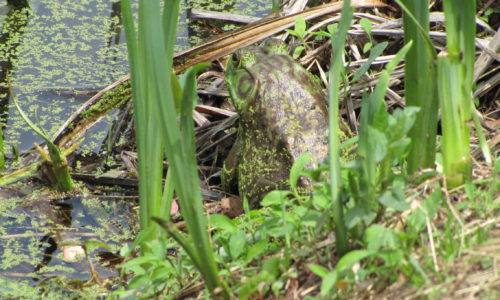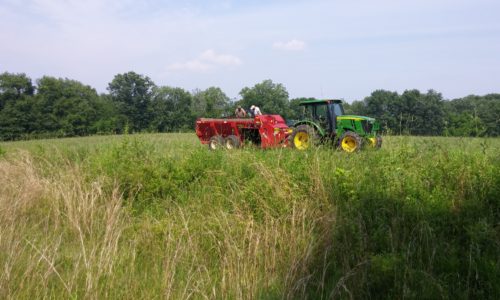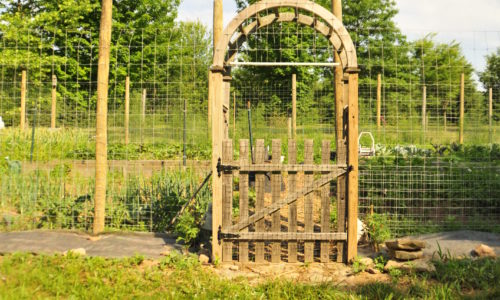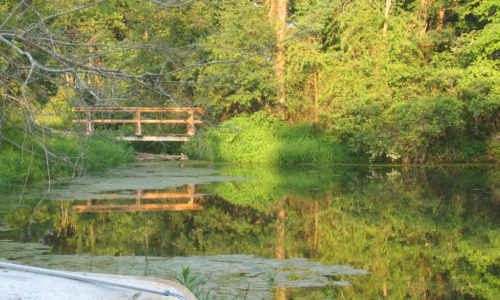About Us
Bucks County Audubon Society at Honey Hollow’s mission is to educate and engage children and adults of the Bucks County region about the past, present and future of our natural world, with an emphasis on conservation and stewardship, including protection of birds, wildlife and habitats.
To view our position statements to see what we believe environmentally, click here!
History
Bucks Audubon is a steward of the Honey Hollow Watershed, a National Historic Landmark – the first upland watershed in agricultural use and multiple private ownership to demonstrate that cooperative local action, supported by Federal assistance, is a practical method of achieving national goals in water, soil science, wildlife conservation and flood prevention. Honey Hollow was designated as a registered National Historic Landmark in August 1969.
Education
Bucks County Audubon Society manages the Honey Hollow Environmental Education Center and offers a wide variety of programs for all ages. Each year Bucks Audubon provides high quality educational programs for over 5,000 people, from children for summer camp and field trips to adults for birding trips and lectures. See our Education page for more information on our programs.
Conservation
Bucks County Audubon Society maintains a thriving nature preserve with six miles of hiking trails that are open to the public dawn to dusk every day for hiking, bird watching or just enjoying. The grounds also boast an organic vegetable garden, Audubon Pond, meadows, forests, agricultural fields and, of course, the Honey Hollow creek.
“We owe these men a debt of gratitude for what they have done. ….not only for the soil they protected, but also for showing is that it can be done as they have done it. In spite of many handicaps and with only limited help they have put a big program into effect all over their watershed.”

